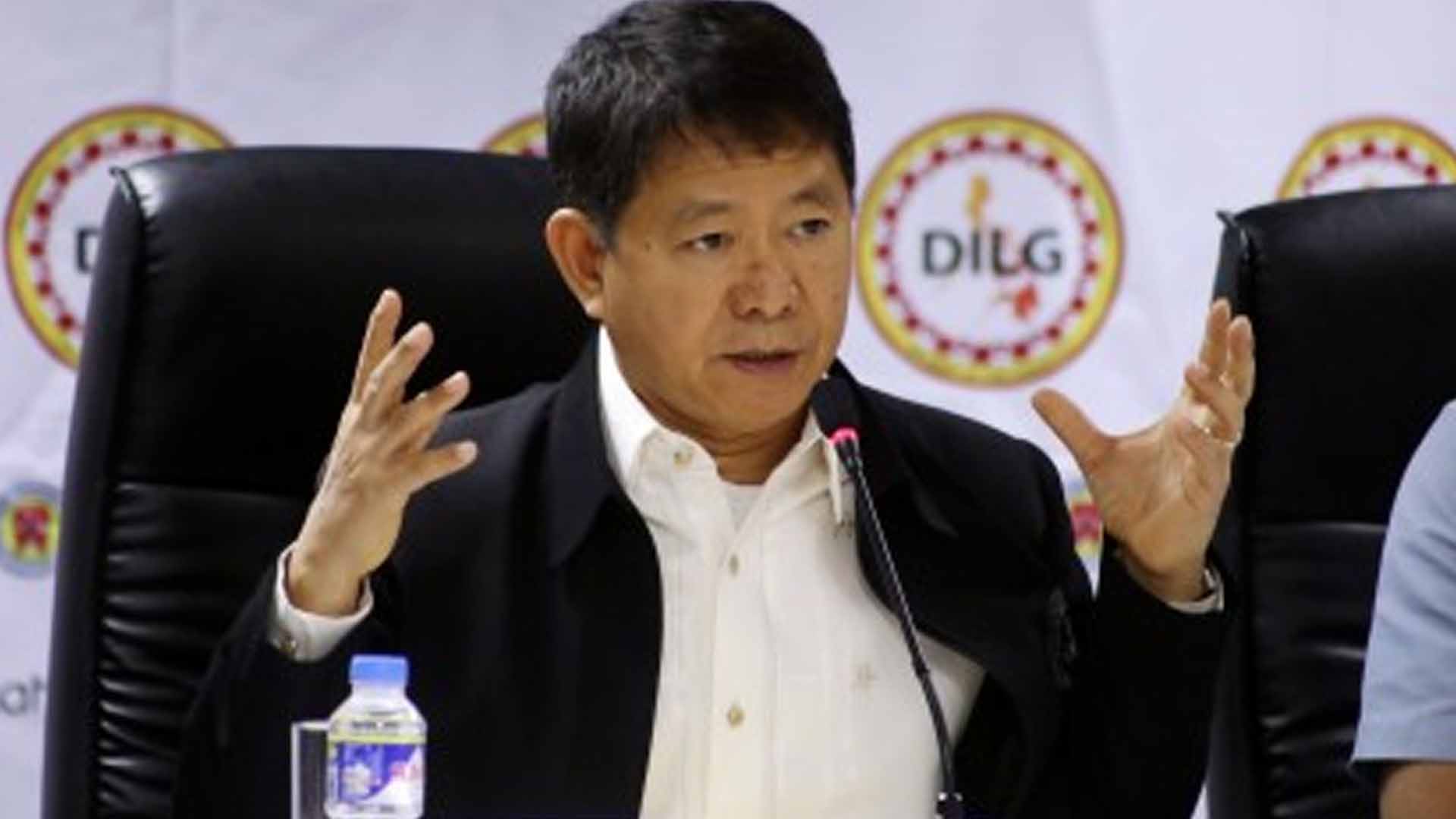The government is targeting to push tree-planting activities to provide a long-term approach to minimizing serious flooding in the country.
In a virtual briefing, Department of the Interior and Local Government (DILG) Secretary Eduardo Año said they are now discussing with Sec. Roy Cimatu of the Department of Environment and Natural Resources (DENR) along with the Department of Education (DepEd) and Commission on Higher Education (CHED) officials about plans to require students to plant trees before graduation.
“We are 110 million Filipinos kung (if) we can plant 100 million per every six months and that’s 200 million a year, so nagpaplano po kami (we are planning)— we can start on January,” Año said.
Meanwhile, Department of Transportation (DOTr) Secretary Arthur Tugade also recommended continuing and improving the reforestation programs in the country.
Tugade also suggested conducting dredging activities in the Cagayan River.
“Kung hindi ho magagawa yang dalawa na ‘yan, paulit-ulit hong mangyayari yung pagbaha dito (If those two wouldn’t happen, the flooding here will be repeated again and again),” said Tugade.
Also, Año cited the spilling operations of the water dams as one of the concerns of mayors as these have caused flooding in some areas in the country.
“It’s unfortunate that there were six typhoons hit the country within four weeks—Pepito, Quinta, Rolly, Tonyo, Siony and the latest Ulysses, apart from cold-front and tropical depressions so talaga pong parang ang lupa ay talagang na-saturate ng tubig (really the ground seems to be saturated with water),” he said.
“Nadagdagan pa po ito ng pagpapalabas ng mga tubig sa dam, anim na dam ang nagbukas ng tubig at ito’y nakadagdag sa pagbaha (It was further increased by the discharge of waters from the dam, six dams opened to release water and this added to the flooding),” he added.
According to Año, each water dam is run by a different management and has its own protocol in terms of releasing water from the dam.
Thus, he recommended the regularization of spilling operations of the various dams in the country.
“I think we would propose—in terms as (of) calamity or typhoon, dapat po ay may nagkokontrol dyan kung sino, kelan bubuksan yung dam (there should be someone to control when to open the dam),” he said.
To reduce flooding incidents during heavy rains, Año said water dams can release water prior to the expected landfall of the typhoon, especially that forecasts on weather disturbances are provided.
Año then proposed that the National Disaster Risk Reduction and Management Council (NDRRMC) be given an authority to control the opening of dams especially when a typhoon is already projected.
“I will propose na pag-usapan namin sa NDRRMC na sa times ng calamity o typhoon, ang NDRRMC ang magbibigay ng approval kung kailan pwede magbukas, ilang gate, para controlled natin (as we discussed in NDRRMC that in times ng calamity or typhoon, the NDRRMC should approve when the gates of the dams should be opened and how many gates should be opened so that the water release could be controlled),” he said.
“Kasi yan ang sinasabi ng ating ng mga LGUs katulad ng Region 4-A, Region 3 at saka NCR na nakadagdag talaga ng pagbaha ang pagbubukas ng dam (That’s what our LGUs noted like in Region 4-A, Region 3 and National Capital Region that the release of water from the dams worsened the flooding),” he said.
On the other hand, Año also noted that the strict health protocols will be less strict during relief, rescue, and retrieval operations in the typhoon-hit areas.
He earlier said they have received numerous reports that relief and media organizations are being barred at the provincial border because of strict quarantine restrictions imposed by the provincial government.
“The situation in Cagayan requires unhampered disaster response and recovery operations by rescue and relief organizations,” he said. “Therefore, all LGUs in Cagayan and Isabela should ease up access in their areas to facilitate disaster operations.” (PNA)


